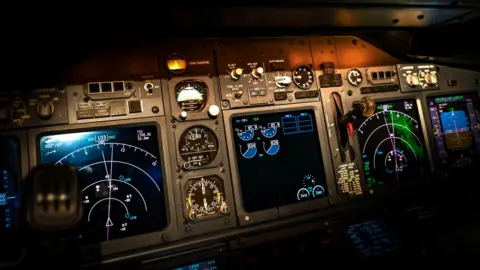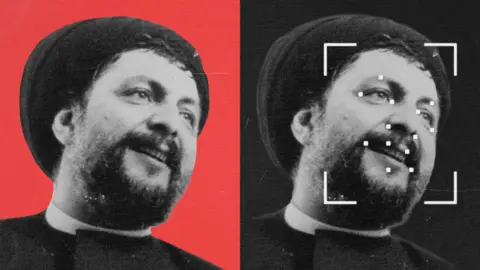The recent crash of Air India Flight 171 has captivated attention and instigated both debates and concerns within the aviation community. Just under a month ago, the Boeing 787 Dreamliner tragically crashed into a building shortly after takeoff from Ahmedabad, resulting in the loss of 241 lives on board, along with 19 casualties on the ground. The preliminary investigation report, released by India's Air Accident Investigation Bureau (AAIB), has shed light on certain aspects of the incident but has also sparked controversy and speculation regarding the potential involvement of the pilots.
According to the AAIB report, the situation unfolded with two fuel cut-off switches being switched from the "run" to the "cut-off" position shortly after takeoff, cutting fuel supply to the engines and leading to a loss of thrust. Notably, although flight recorder data indicates that the engines were restarted, the timing proved insufficient to avert the ensuing crash.
The report raises critical questions concerning the actions of the pilots involved. Notably, it mentions a conversation in which one pilot queried, “why did you cut off?” only to receive a denial from the other pilot, claiming he had not taken such action. However, the lack of a direct transcript or identification of either pilot prompts serious questions about the overall accountability and timing of this communication.
While preliminary reports are designed to summarize key findings without reaching definitive conclusions, the information so far has incited various narratives. Some media outlets have controversially speculated that the crash may have been the result of intentional pilot actions, leading to an outraged response from the Indian Commercial Pilots' Association. They have condemned such suggestions as irresponsible and harmful to the families of the victims.
Following the release of the AAIB report, industry professionals have expressed concern over the selective nature of the disclosed information. Comments from pilots and analysts suggest that substantial details remain concealed, particularly regarding the cockpit activity during the critical moments leading to the accident. Without a comprehensive clarification of dialogues reported, significant uncertainty lingers.
Analysts have also pointed out that the report refers to a 2018 safety bulletin issued by the US Federal Aviation Administration, which indicated potential issues with fuel cut-off switches on similar Boeing models. Despite a recommendation for operators to assess these systems, the absence of any inspections by Air India has raised further conjecture about the possibility of accidental switch activation contributing to the crash.
Former accident investigator Tim Atkinson noted his disappointment with the report's vagueness. Although it provides fragments of information, it has left many important questions unaddressed. In the meantime, India's Directorate General of Civil Aviation has mandated that airlines conduct inspections related to the FAA's earlier bulletin by July, although the FAA maintains that the issue does not compromise safety.
As investigations into the Air India Flight 171 crash continue, the quest for comprehensive answers is expected to be prolonged. International guidelines suggest a final report should be available within a year, but historical precedents indicate the process may take much longer, as families and the aviation community alike await definitive explanations and accountability.





















